After a teaser campaign that revealed the arrival of three new professional products from DJI, today is the day to unveil the new DJI Ronin 4D. Long awaited, this is the cinematic solution that projects us directly into the future.
The design has been completely revised and made of carbon fiber and aluminum alloy, managing to integrate into an extremely solid frame everything a videographer needs. Obviously the camera, passing through an advanced 4-axis gimbal, a state-of-the-art focusing system and also wireless control and transmission. DJI Ronin 4D represents the most compact, practical and versatile solution that the market can offer.
DJI Ronin 4D: cinematic quality
The new Ronin 4D introduces itself to the public with DJI’s most powerful full-frame camera, we’re talking about Zenmuse X9, which also includes the processing system CineCore 3.0. Thanks to the data management through the DJI chip the computing power is high and more in fact support internal recording of Apple ProRes RAW, ProRes 422 HQ and H.264 formats. It can record up to 8K / 75fps and 4K / 120fps resolution.
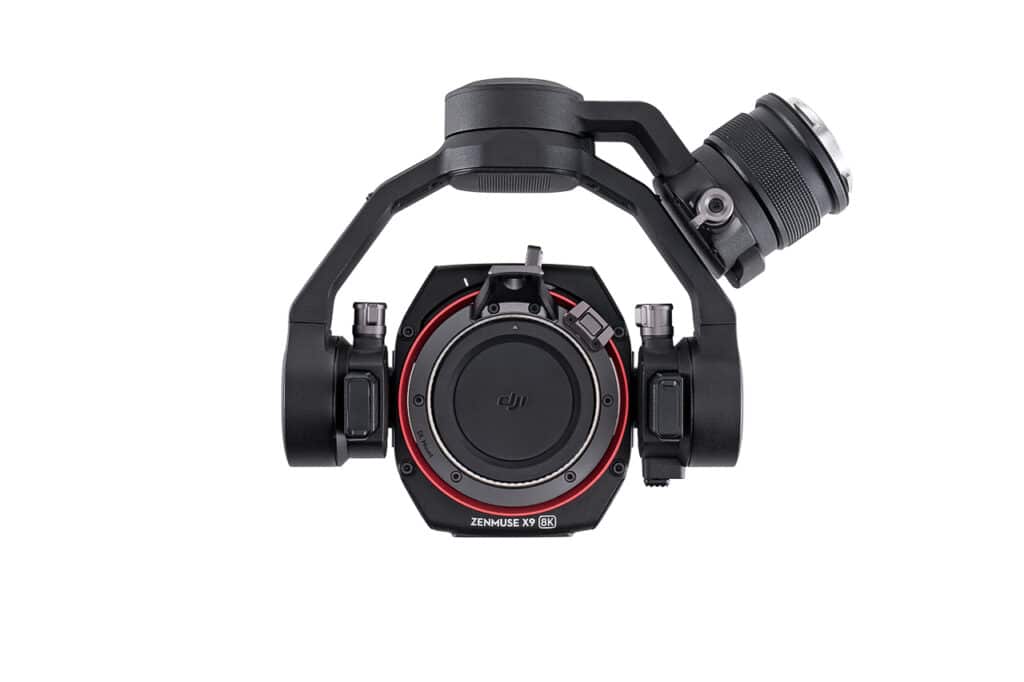
The full-frame sensor also supports the dual native ISO, which improves the quality of details and reduces the presence of noise even in low light conditions of the scene. Thanks to this technology Zenmuse X9 can therefore be used at high ISO levels without affecting the quality of the recorded images.
Another advantage offered by a large sensor is the extension of the dynamic range, which it achieves up to +14 stops. Thanks to this wide spectrum it is also possible to better manage natural light transitions, backlit scenes or in direct sunlight. The promised results are very natural, also thanks to the integration of the system DJI Cinema Color (DCCS), which also supports the film industry standard ACES workflow and is therefore compatible with the hues and colors of other cameras.
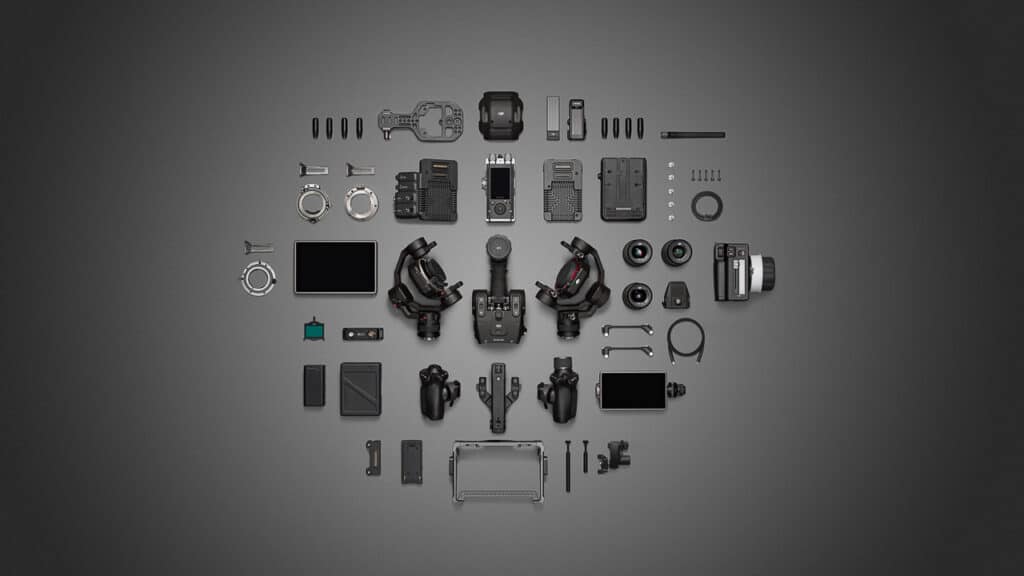
DJI Ronin 4D’s Zenmuse X9 camera is also equipped with integrated 9-stop ND filters, which can be changed without difficulty thanks to a special motorized system.
DJI has announced that in the near future there will also be new lenses dedicated to the DL Mount for use on the X9, which currently supports three prime lenses. However, it is possible to use third-party supports to mount lenses from other manufacturers, such as Leica for example. It will therefore be possible to take advantage of the ultra-wide-angle, wide-aperture optics, electronic zoom, macro and anamorphic lenses. All with the flexibility of an advanced system such as DJI Ronin 4D.
Speaking of flexibility, whichever lens is used on the X9, the user will be able to rely on wireless control of the lens, including autofocus.
The 4-axis stabilization system
An additional stabilization axis for DJI Ronin 4D which now offers 4 axes, offering performance that according to the house are equal to those of a special platform. The axes work together with a lower ToF sensor, dual forward and downward view sensors, an integrated IMU and barometer. There is also a new algorithm to further improve stabilization.

In essence, with this compact body it will become even easier to manage complicated camera movements thanks to two symmetrical motors that regulate the tilt axis, while both the horizontal rotation axis and the roll axis are designed with an additional shock absorber.
Furthermore, the new DJI Ronin 4D is immediately ready for use without the need for an initial manual balance. Even with lenses with shifted center of gravity during use.
DJI has also equipped the new Ronin with ActiveTrack Pro, the cinematic tracking mode, which also features continuous autofocus composition adjustment. This way the subject, even when it moves in the scene, will always be in focus. If, on the other hand, the operator needs more reactivity from the stabilizer, he can switch with the simple press of a button to the mode Sport.
The introduction of the LiDAR
Focusing with Ronin 4D will be even easier thanks to focus assist technology, which shows distance points on both the main and remote monitors. One is provided Waveform LiDAR to locate points and fine-tune the focus. This novelty will be of great help even for the less experienced of manual focus.
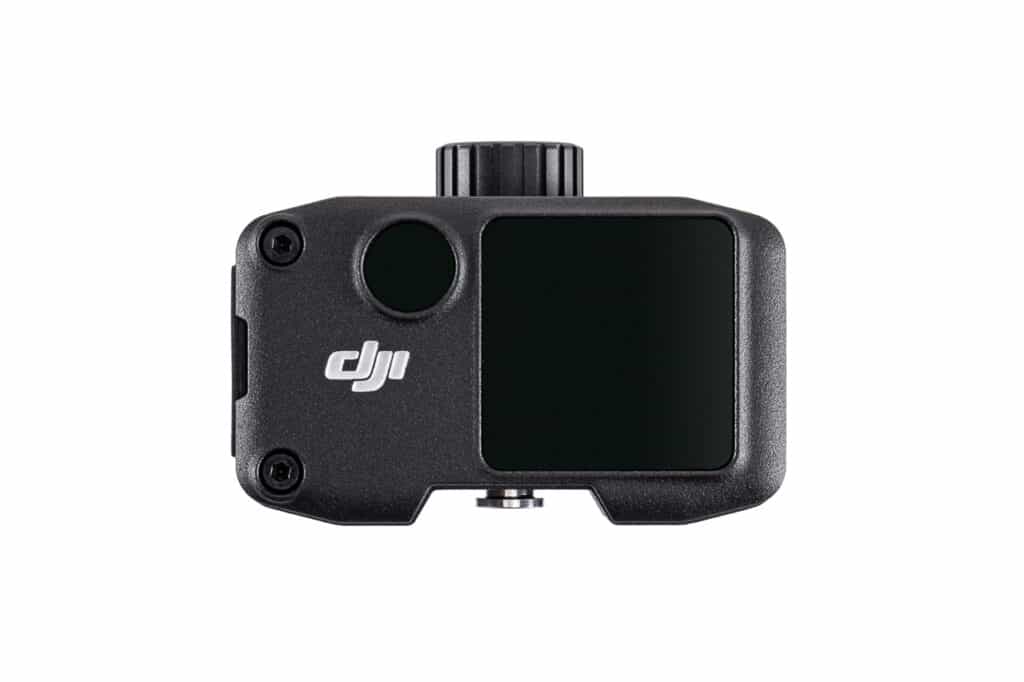
In detail, the LiDAR can calculate up to 43,200 points of distance within 10 meters. Compared to a phase detection system, times are drastically reduced while maintaining a high level of precision and obviously of image quality. Not only that, in fact, this technology is also very useful for autofocus. A fast moving subject and therefore difficult to follow manually, can be tracked and kept sharp thanks to the DJI Ronin 4D LiDAR. The operator can also use ActiveTrack Pro together.
On DJI Ronin 4D, automated manual focus combines the precision of manual focus with the convenience of autofocus. The focus ring moves as the focus point changes, but the operator can step in at any time to take control of the operation. Among other things, on the right grip where the focus wheel is located there is a dynamic damper that offers a physical sensation of the change of focus.
Wireless control and transmission on DJI Ronin 4D
The news on DJI Ronin 4D does not end here, in fact on board this system we also find the new video transmission technology DJI O3 Pro. It will be possible to achieve a transmission distance of 6km, supporting the 2.4GHz, 5.8GHz bands and the DFS frequency. Furthermore, thanks to a 256-bit AES encryption algorithm, the new Ronin will be able to send a 1080p / 60 fps FHD feed to multiple monitors simultaneously. All while maintaining a high level of safety, stability and anti-interference ability.
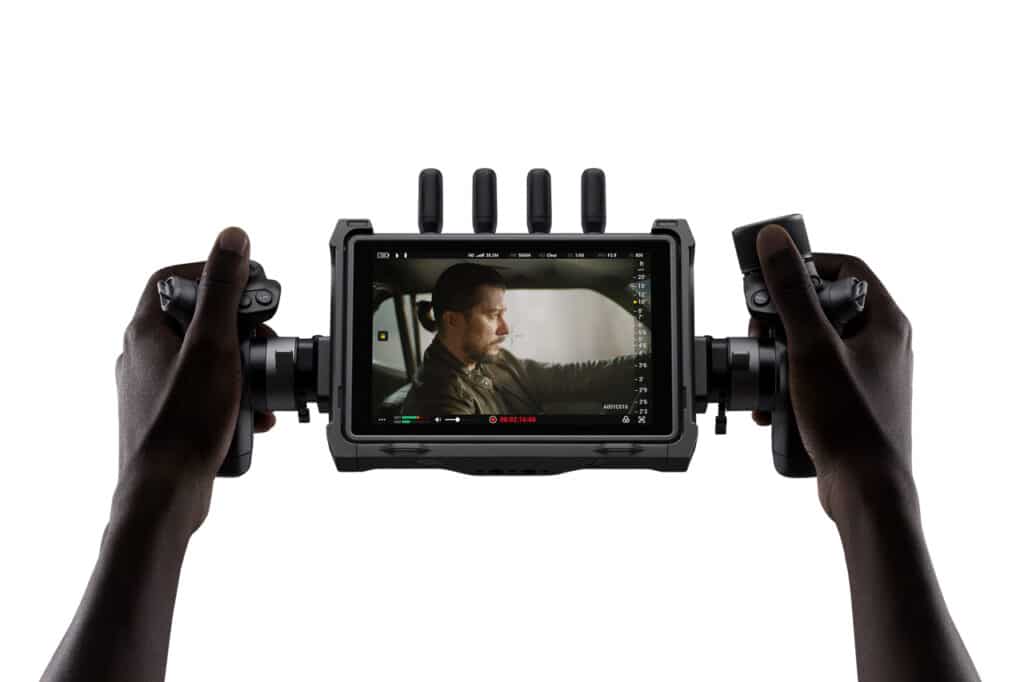
The new chip in this stabilized system is capable of powering the camera, video transmitter and receiver, as well as the remote monitor. A truly complete system for wireless shooting and transmission with very low latency. Regarding the components of the system, it should also be emphasized 7-inch touchscreen, 1,500 nit and wide color gamut. Outputs HDMI and SDI signals through an expansion module. In addition, the monitor can share the video and audio feed with other receivers with two possible transmission modes. In particular, the Broadcast mode, for workplaces with many people, and the Control mode, which supports the coordinated operation of two receivers.
The monitor has been designed to connect to the handles of Ronin 4D, DJI Master Wheels, DJI Force Pro or the new 3-channel DJI Follow Focus. Thanks to this solution you can remotely adjust the focus or manage the movements of the stabilizer and still start or stop recording, without forgetting the possibility of adjusting the camera settings.
Not only that, in fact, the gyroscopic sensor can even transform the monitor into a remote motion controller.
Thanks to the mode Mirror Control the remote monitor can enjoy a control interface equal in every detail to that of the main monitor. This feature will come in handy when Ronin 4D is mounted on platforms such as a jib, cable cam or vehicle mounts for example. In the remote monitor we will be able to insert microSD cards for independent video recording up to 1080p / 60fps.
Speaking of memory, DJI Ronin 4D has one CFexpress Type B card slot and a USB 3.1 Type C port for recording to an external disk. By connecting a DJI PROSSD 1TB it will be possible to record internally up to the highest resolutions.
There is no shortage of integrated microphones to record dual-channel 24-bit audio. We can of course also count on a 3.5mm jack and XLR microphone access.
Finally, like Ronin 2 and Inspire 2, Ronin 4D also uses TB50 batteries, which offer up to 2.5 hours of shooting. Instead, they can be recharged to 100% in just 1 hour and 30 minutes.
Availability and price
DJI Ronin 4D will be available on the market from the beginning of next December in two different configurations, one with a 6K chamber and one with an 8K chamber. As is evident from the specifications we are faced with a highly professional product and consequently the price is in line with this type of market.
The 6K combo version includes body, X9-6K camera, LiDAR module, main monitor, grip, battery and case: will be for sale at € 7.059. The 8K version, on the other hand, includes the accessories of the 6K bundle plus a 1TB PROSSD and obviously the 8K Zenmuse 9K stabilized camera: the retail price will be €11.099.







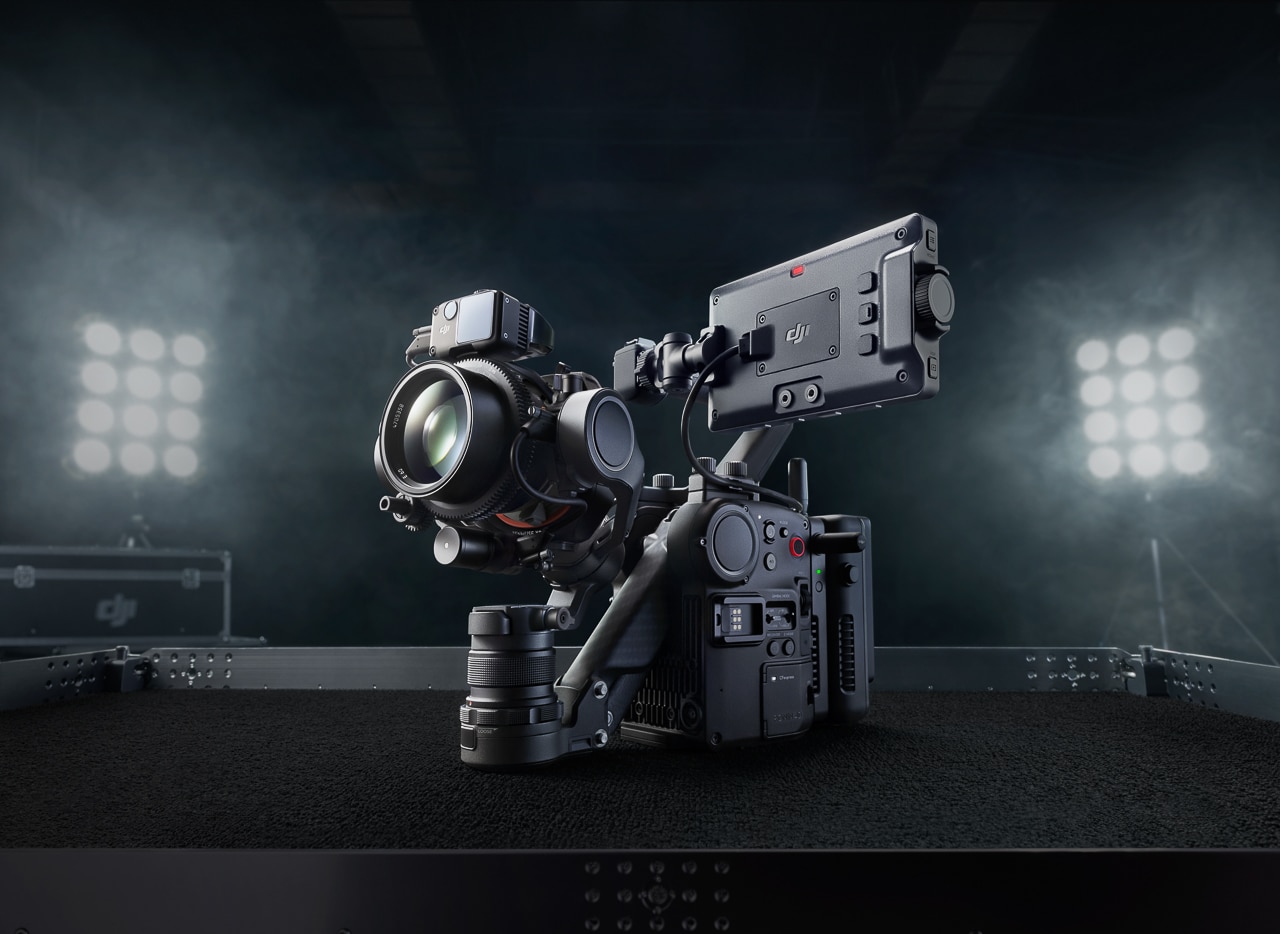








Leave a Reply
View Comments